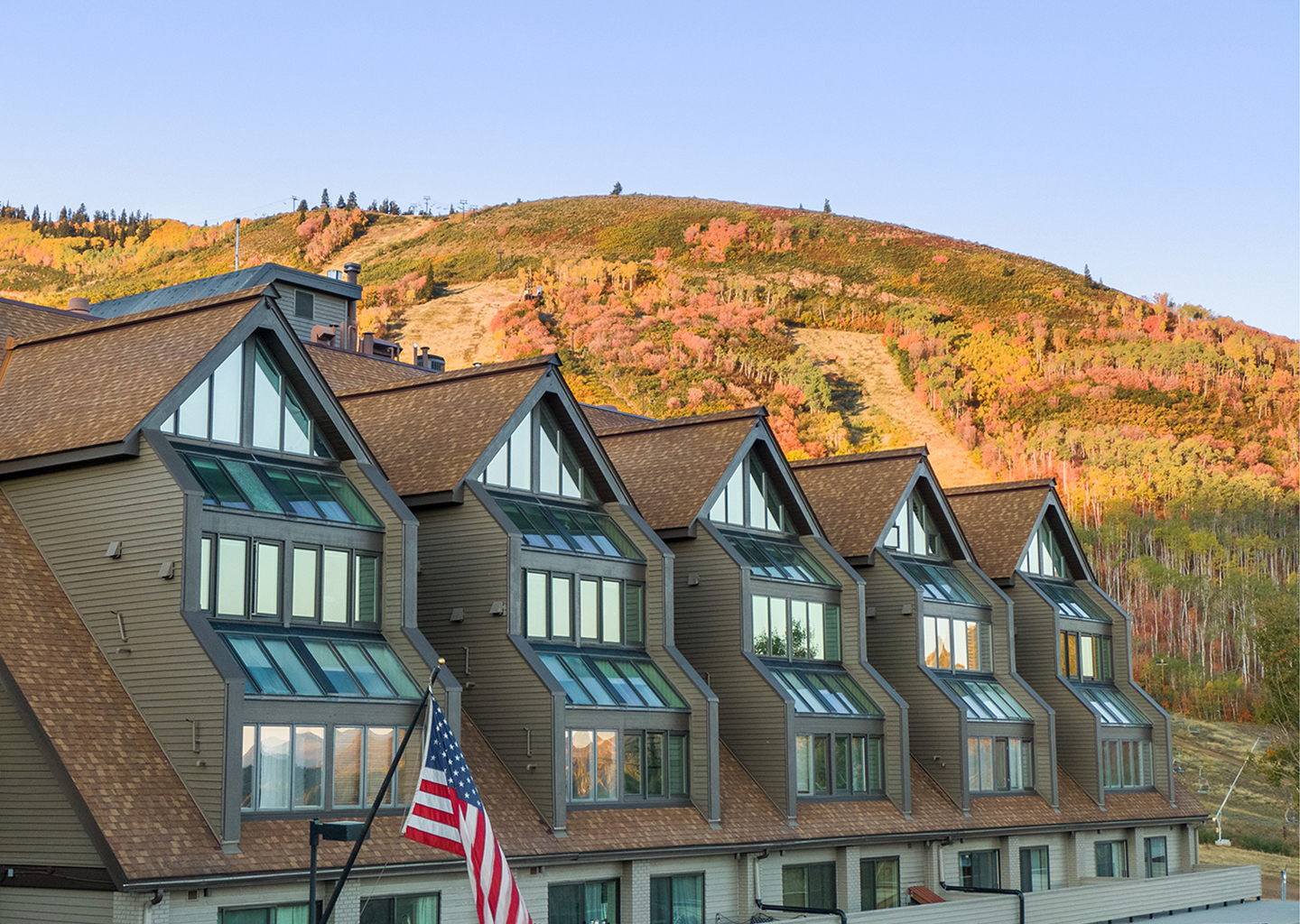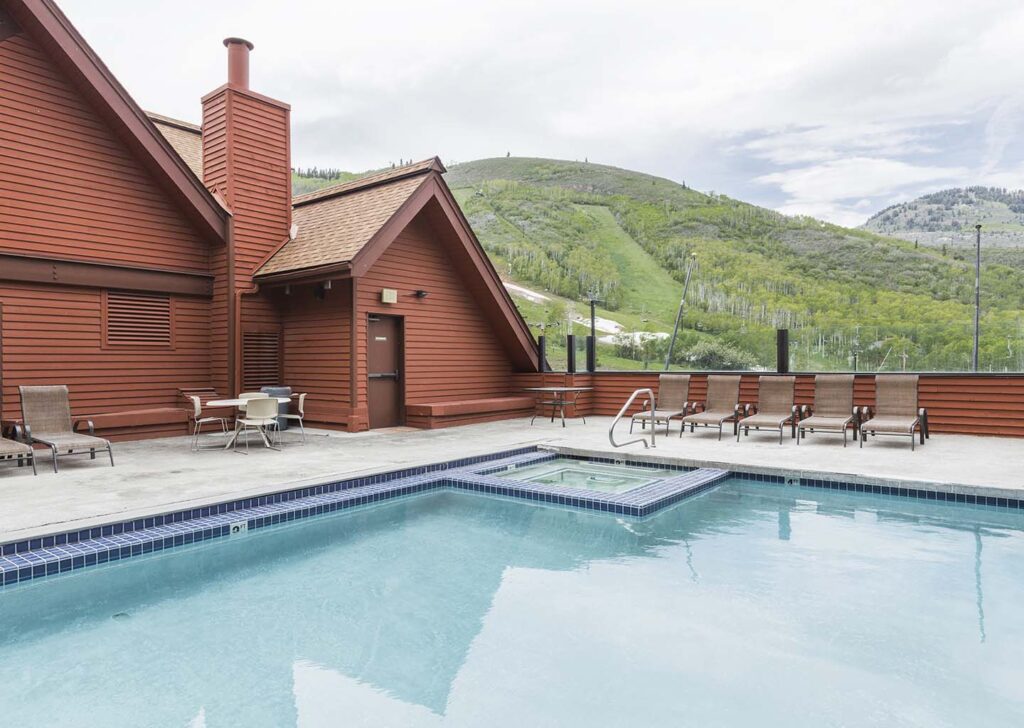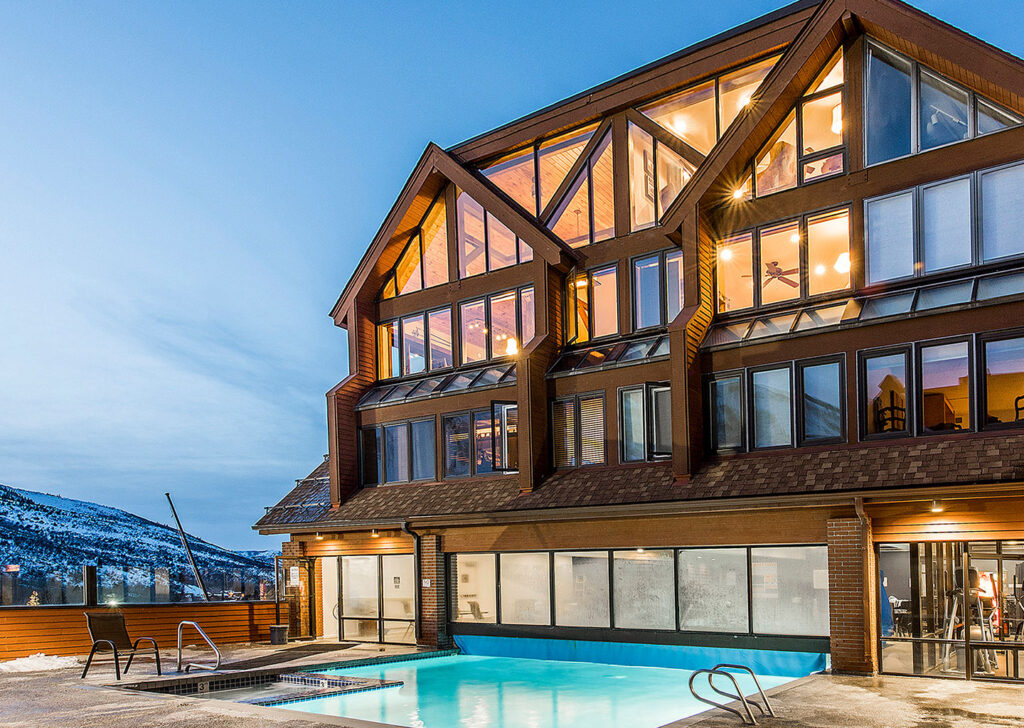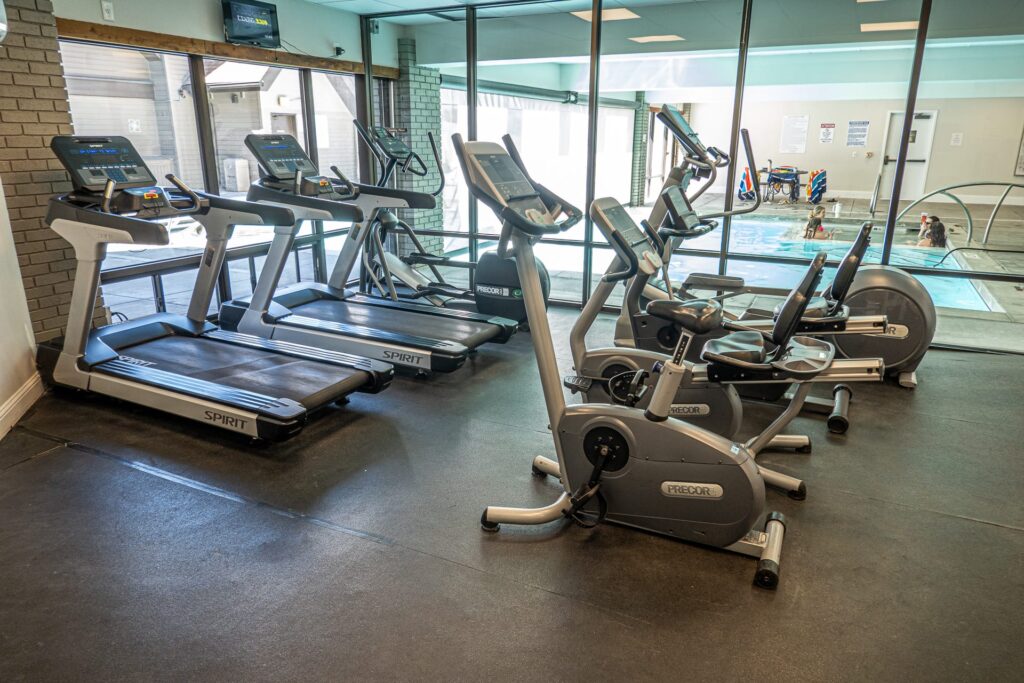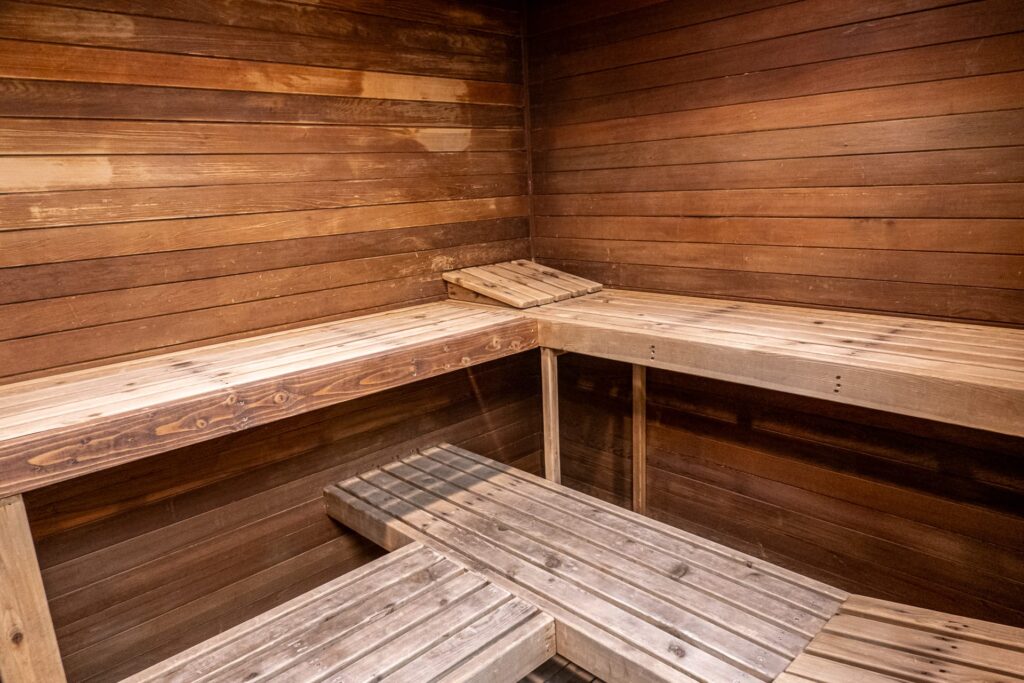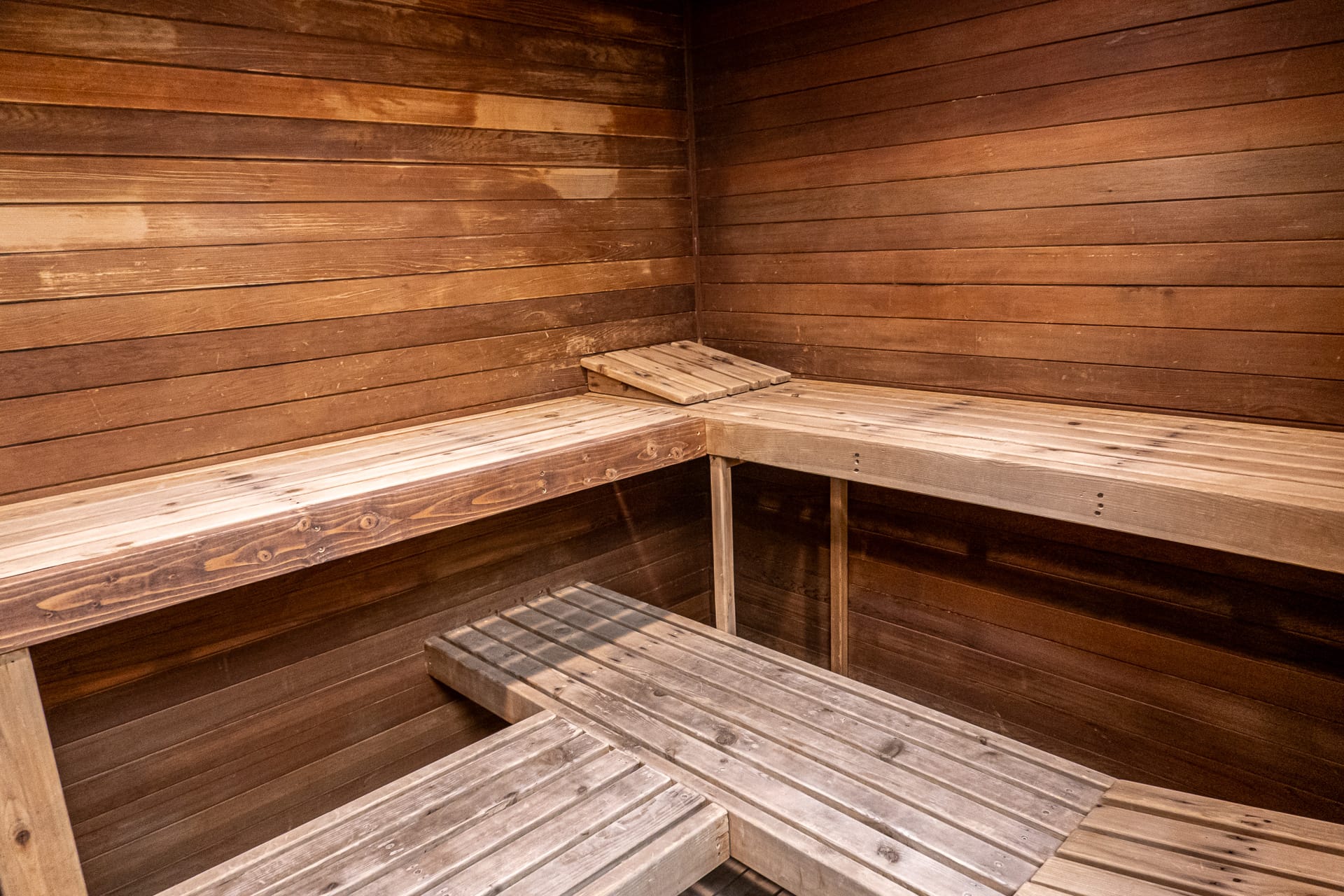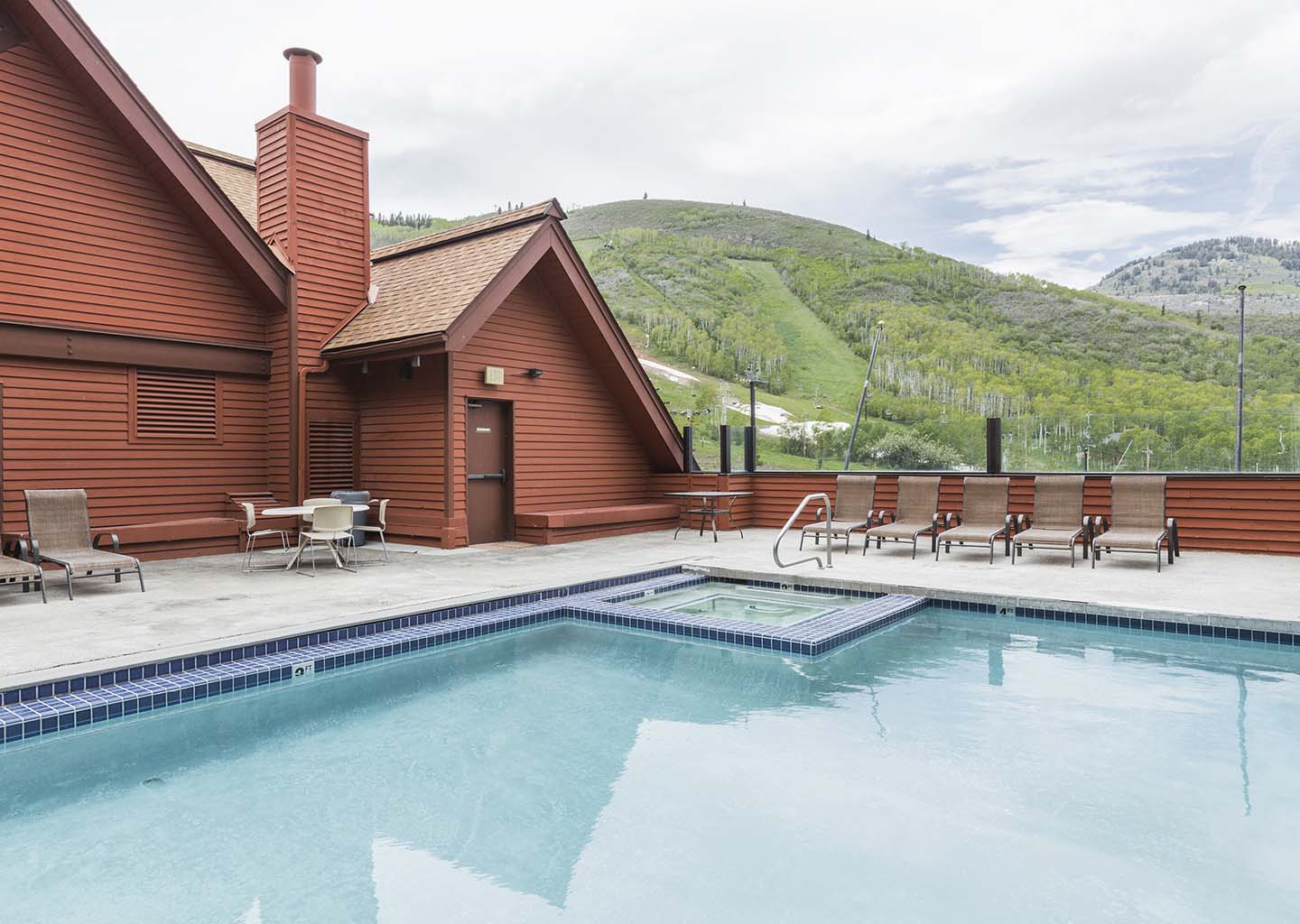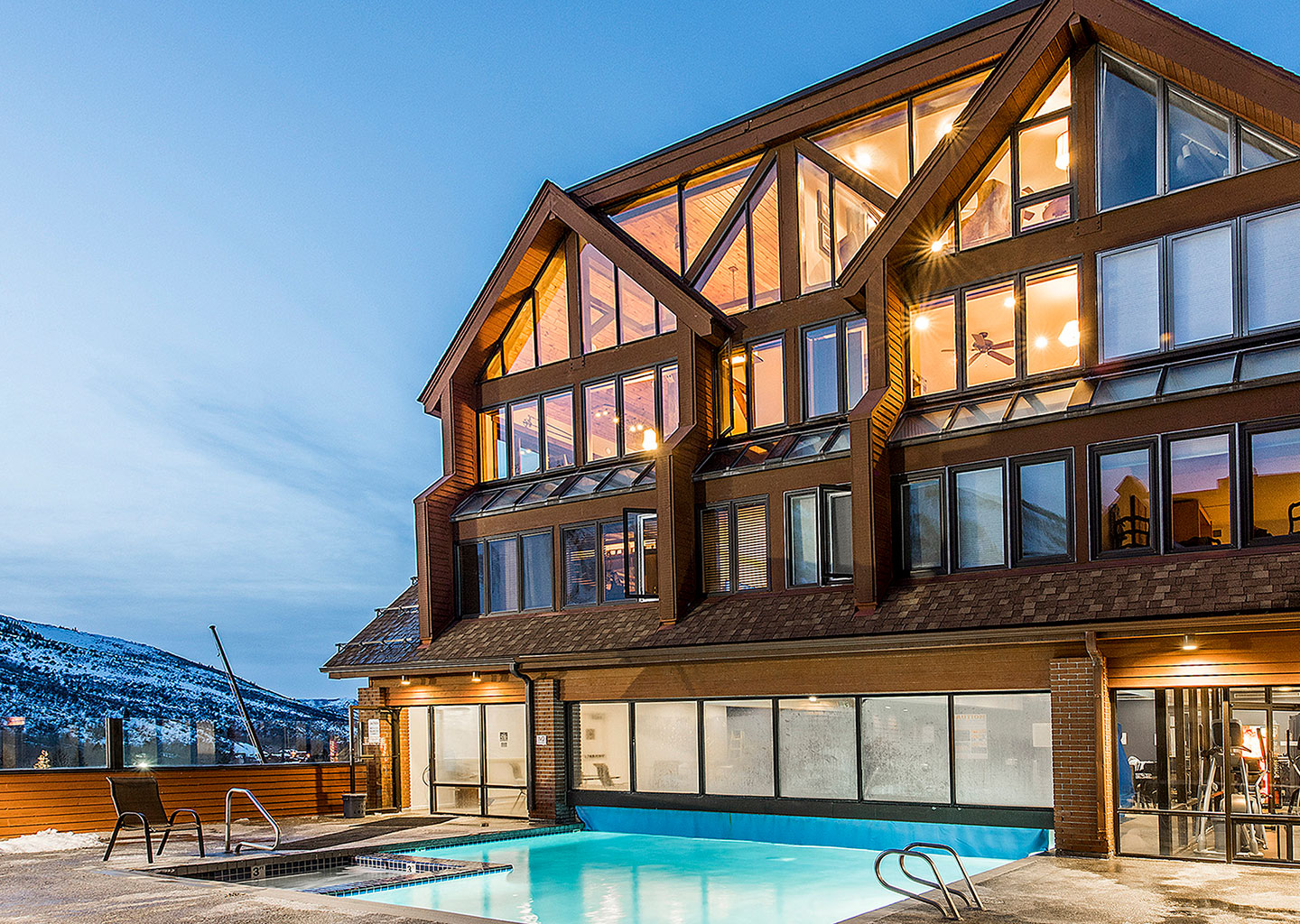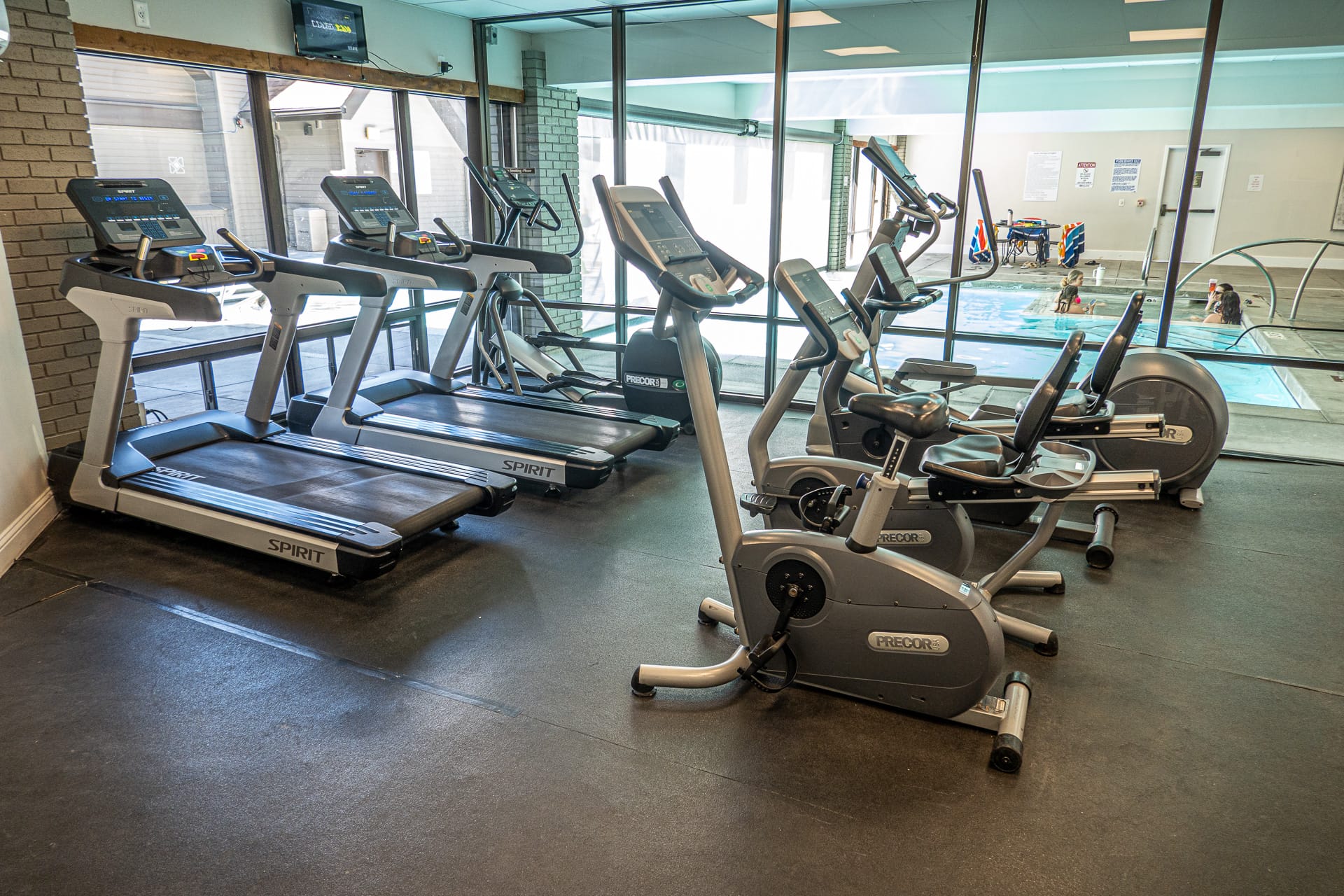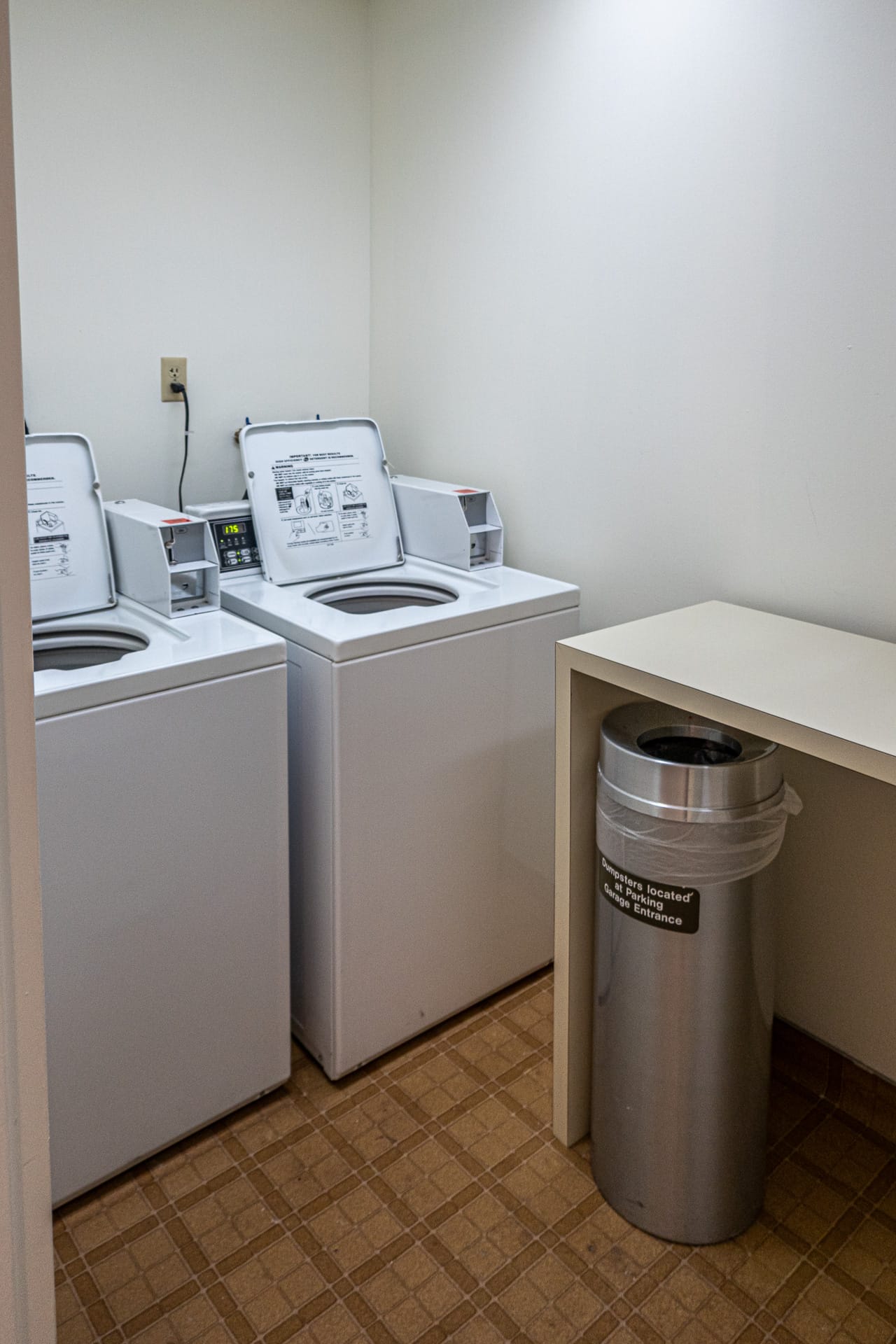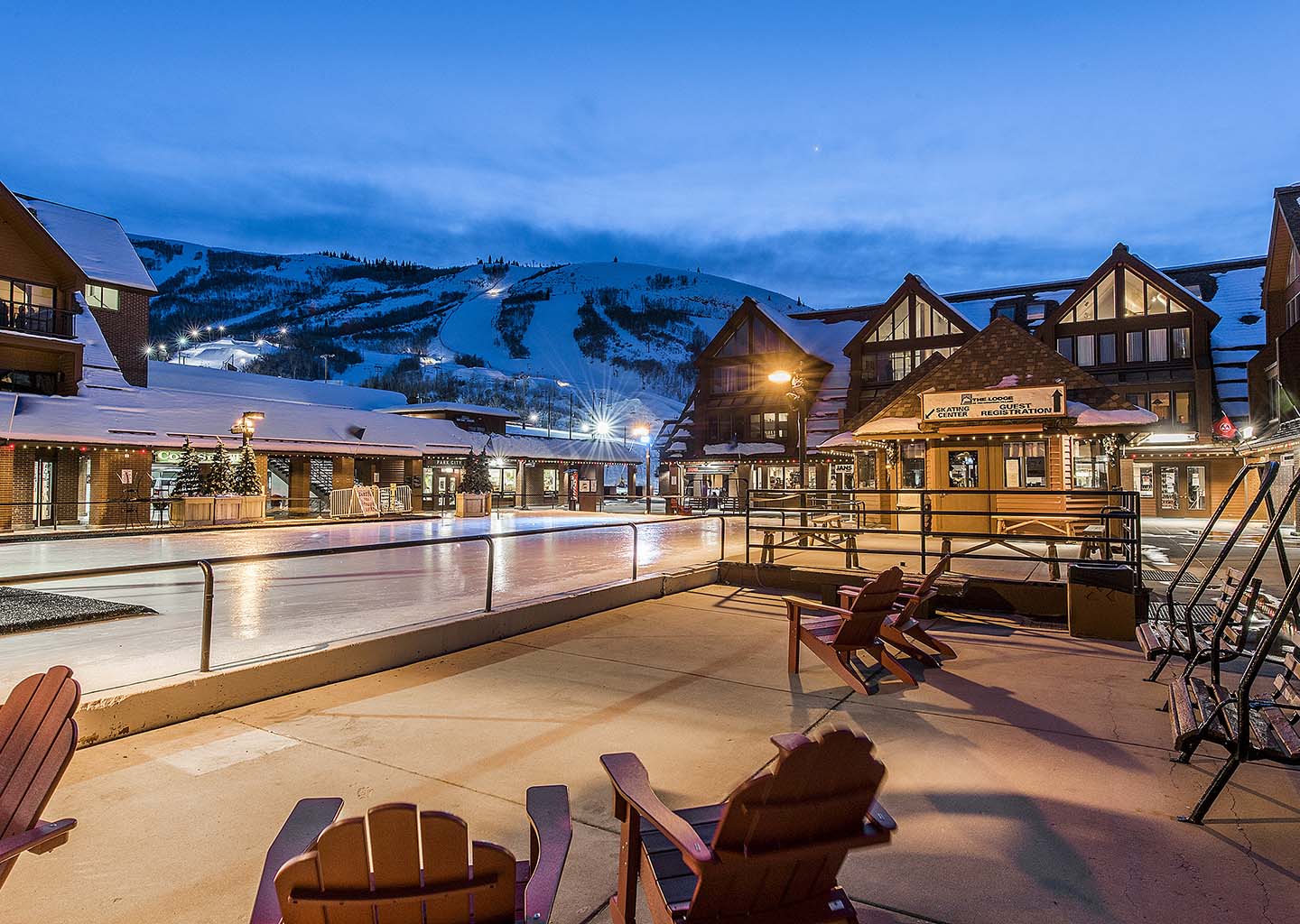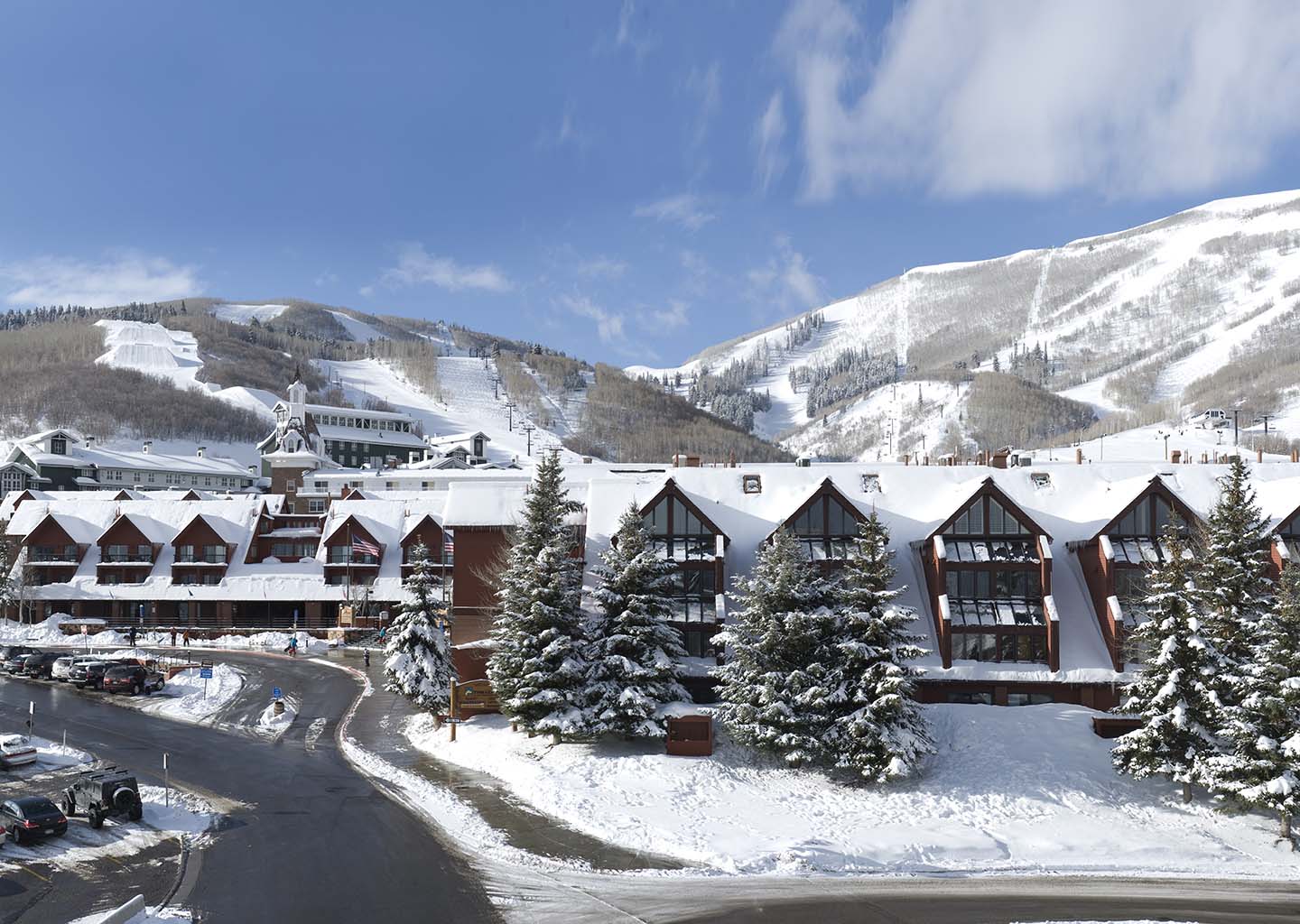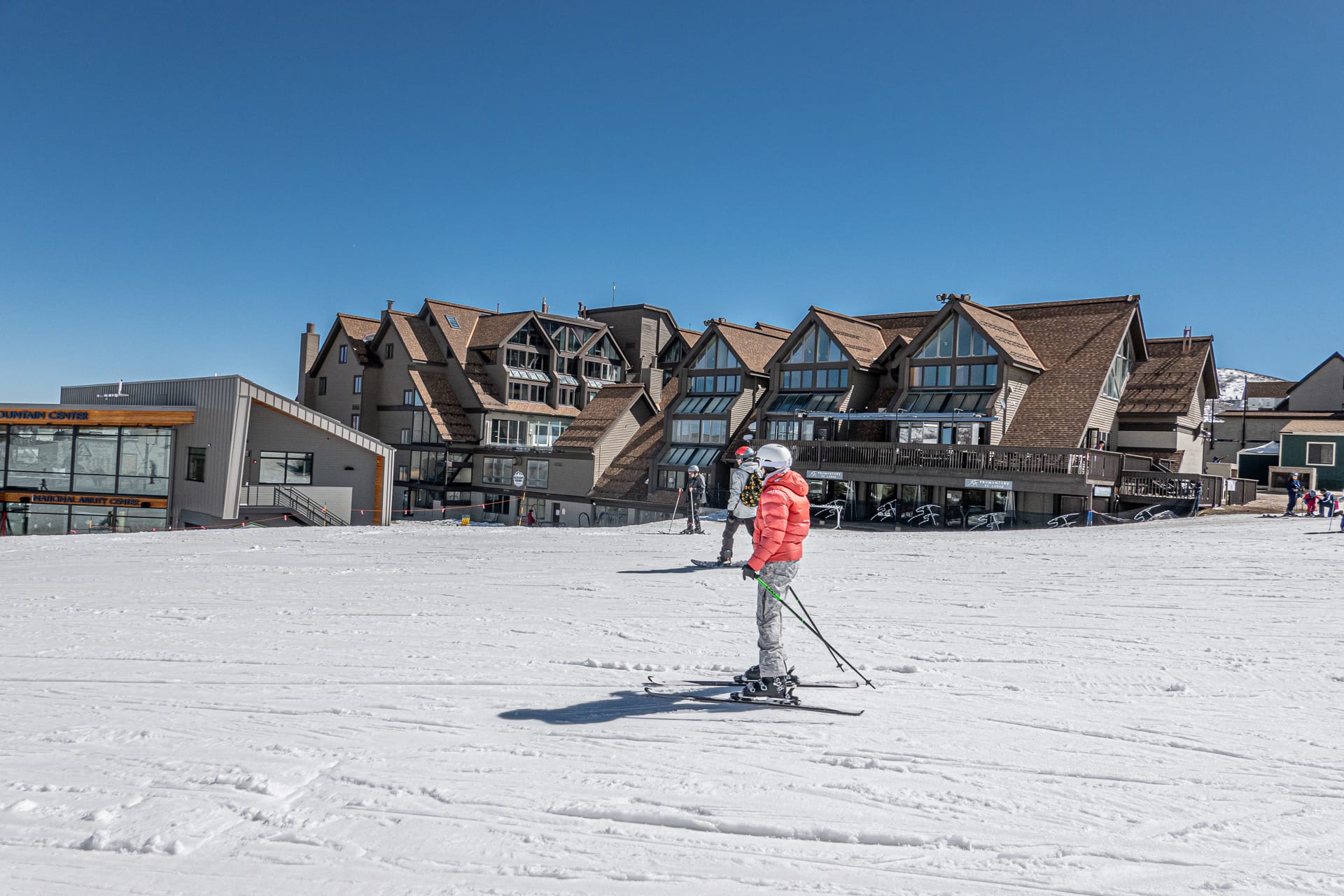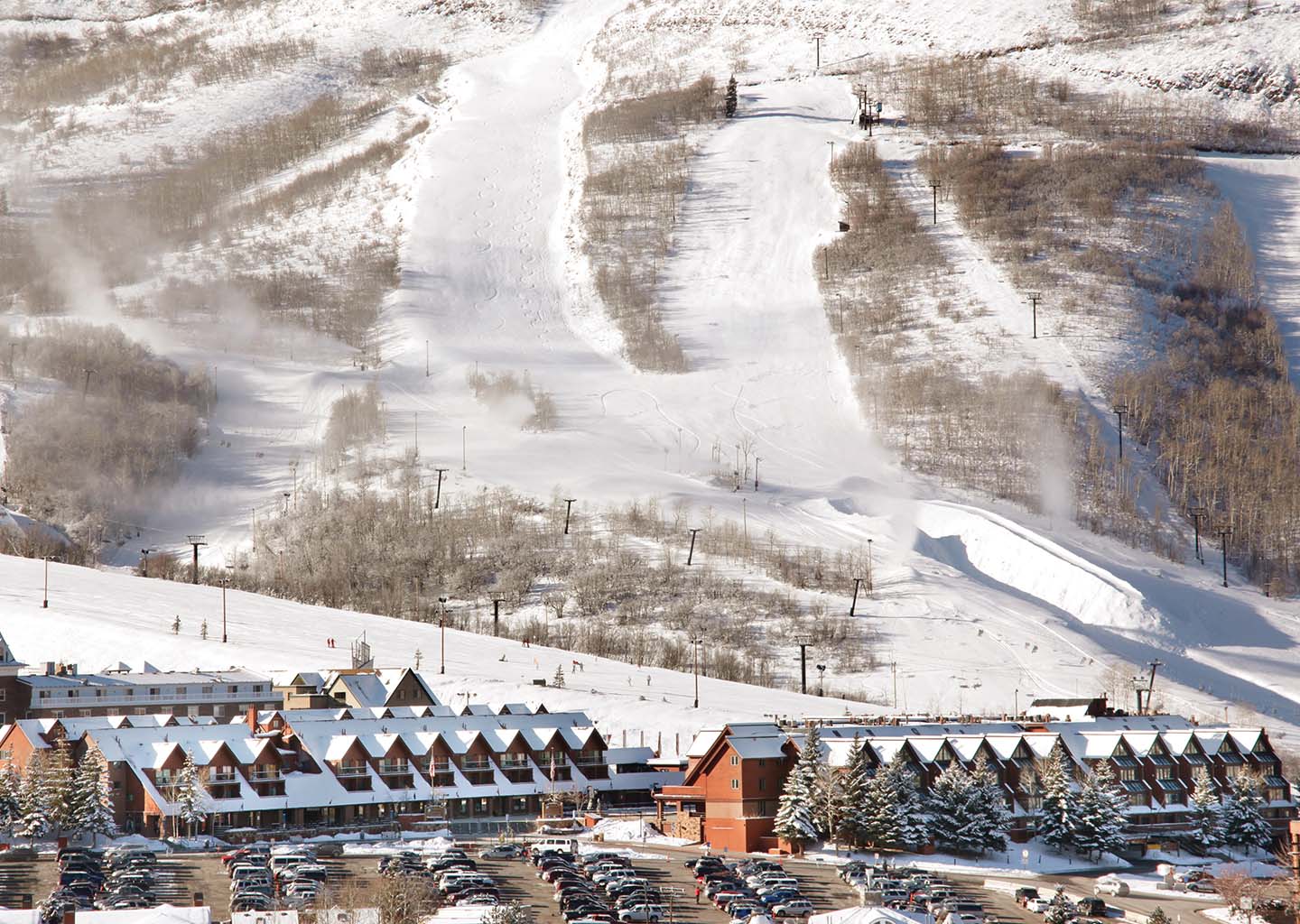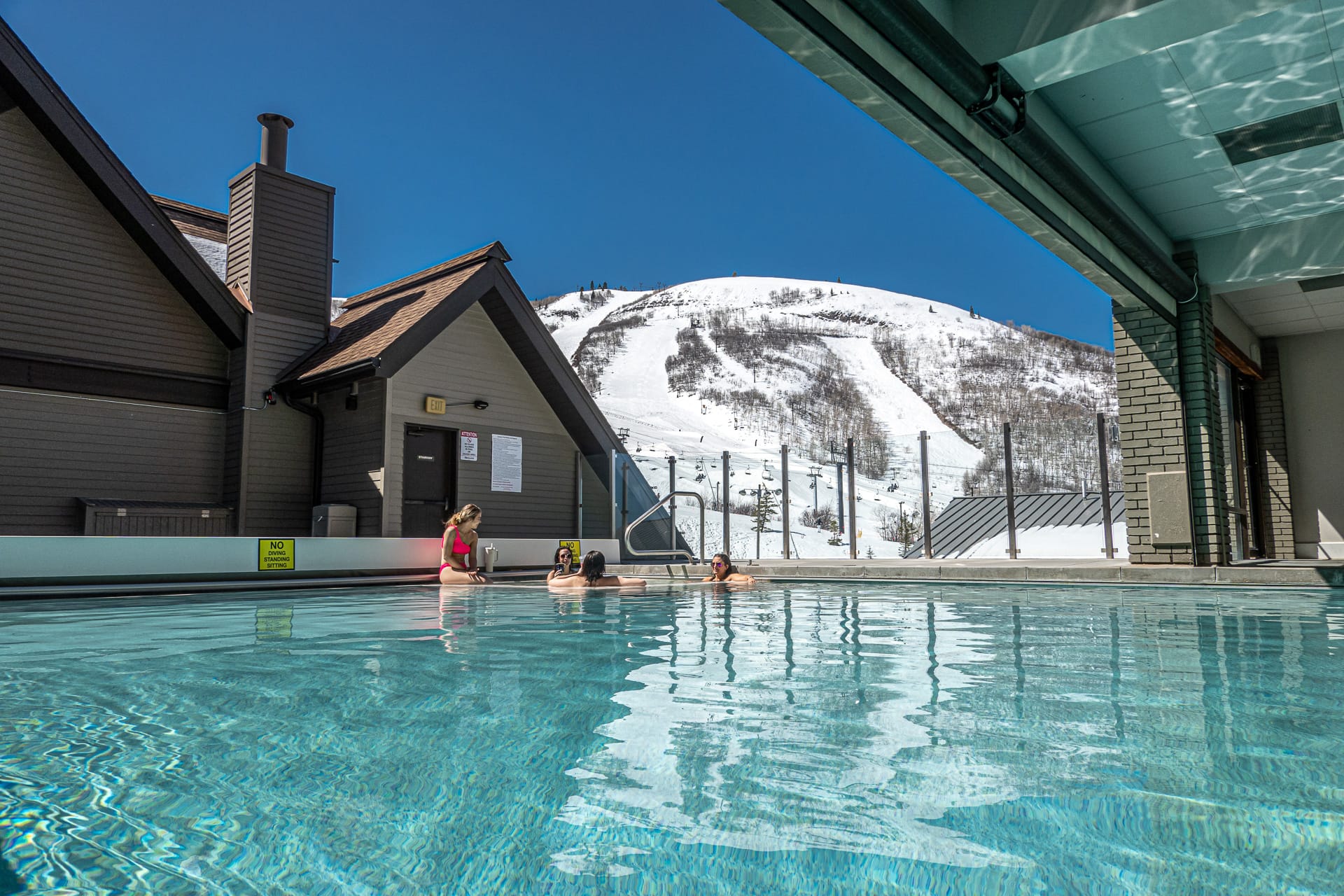Browse The Lodge at the Mountain Village, Park City
 Bedrooms
Bedrooms
 Bdrms
Bdrms
 Bedroom
Bedroom
 Bdrm
Bdrm
 Baths
Baths
 Bath
Bath
 Guests
Guests
 Walk To Slopes
Walk To SlopesSki-in/Ski-out Convenience
Experience unparalleled convenience with Park City Ski-in/ski-out lodging, which offers one of the most significant advantages for skiing enthusiasts. Say goodbye to time-consuming transportation and long walks through parking lots with your ski equipment – step out of your accommodations and onto the slopes.
This seamless access not only saves time but also maximizes your skiing or snowboarding enjoyment on the mountain. The added bonus of breathtaking mountain views and a cozy, slope-side atmosphere enhances the overall alpine escape.
Our accommodations go beyond by often featuring amenities like hot tubs, warming fireplaces, and après-ski activities. Whether you’re a seasoned skier or a first-timer, our ski-in/ski-out Park City vacation rentals effortlessly transform your winter getaway into a memorable and stress-free mountain retreat.
Where you’ll stay
Similar Park City Hotels
Discover the allure of Park City Mountain Village hotels like Village Lofts at Mountain Village and Shadow Ridge Park City. These accommodations seamlessly combine comfort and proximity to the slopes. Immerse yourself in the mountain ambiance with premier skiing access and enticing amenities, including warm fireplaces, inviting hot tubs, and convenient après-ski activities. Whether you opt for Village Lofts at Mountain Village or Shadow Ridge Park City, both hotels offer a perfect blend of alpine luxury and easy access to the vibrant atmosphere of Park City’s mountain scene.
